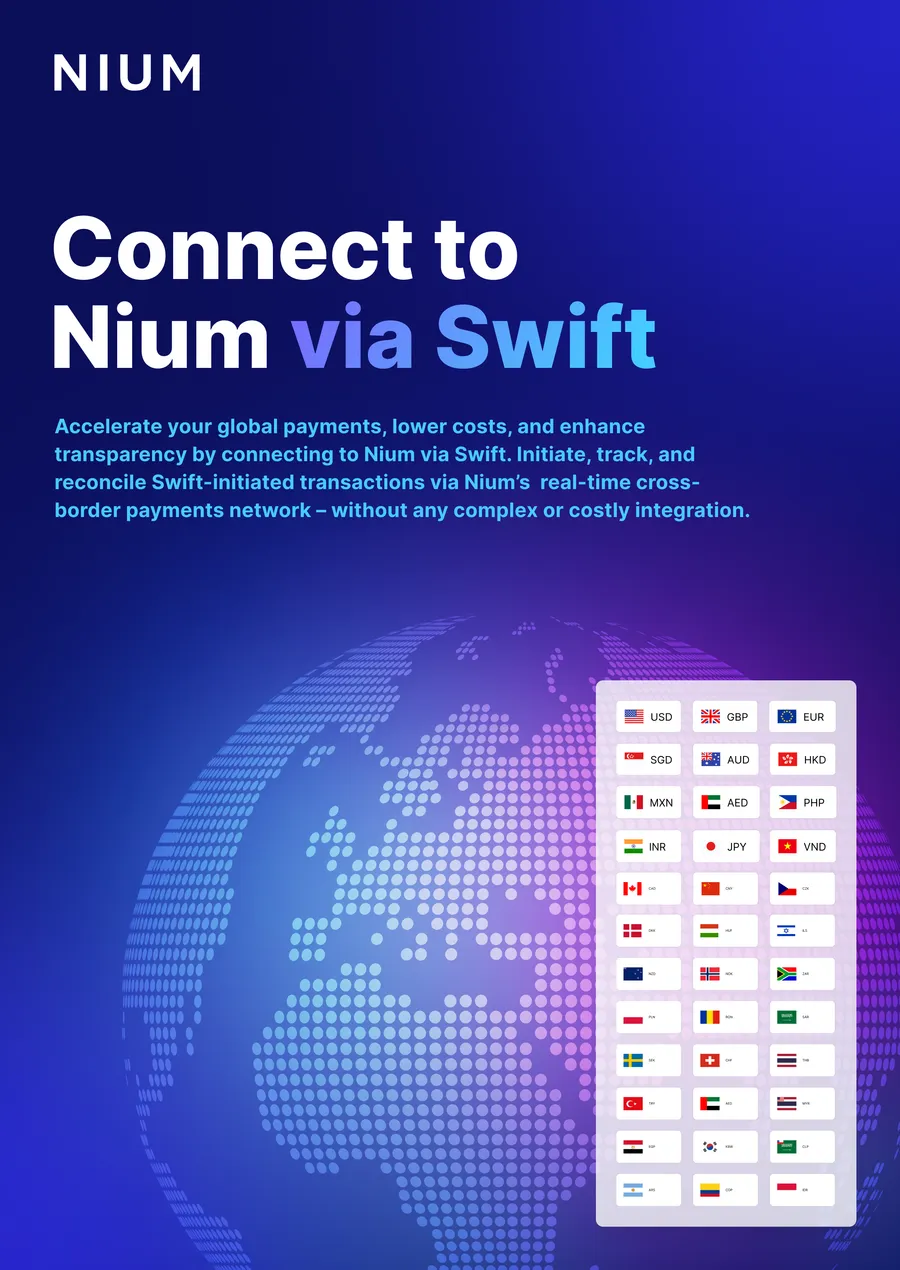Customer experience has become the number one priority for business. Where once businesses may have focused more on products and services, they now know that all their hard work on these will not pay off if the customer experience of their brand isn’t up to scratch.
A poll carried out by PwC has found that one in three customers will leave a brand they love after just one bad experience, and 92% will leave after two or three negative interactions. Not only that, but 74% of consumers are at least somewhat likely to buy from a given provider based on experience alone, and consumers will pay a 16% price premium for a great customer experience. Additionally, a study by Forbes has found that 83% of executives feel that unimproved customer experience presents them with considerable revenue and market share risks.
But what do we mean by customer experience? It’s incredible broad and involves taking care of engagement across digital channels, brick-and-mortar, phones and of course any business partners that customers experience the brand through. Businesses who truly take heed of this and commit to being experience driven businesses (EDBs), look at touch points across people, process and technology pillars. According to Forrester, 38% of businesses they surveyed qualify as EDBs and they grew 1.7 times faster than other companies.
Why the shift towards customer-driven business?
In an increasingly digitised world, customers today have more choice than ever before. It’s now extremely easy to switch brands and providers—often it can be done at the click of a button— and that means companies have to work harder to keep their customers happy. Every year, US businesses lose $38 billion to churn caused by avoidable customer experience issues and given the ready availability of social media as a platform to complain, the upshot of failing to meet customer expectations can go way beyond any one transaction.
The key takeaway here is the customer experience is one of the most important considerations when it comes to building a successful business. The good news is that consumers don’t just respond badly to poor experiences, they respond well to good ones. If you do it right, you can build a base of loyal customers willing to pay a premium for your service. For example, Forrester found that in the auto manufacturing industry, an improvement of one point in customer experience could lead to $1b in additional revenue. When it comes to payments, there are several areas worth considering.
Payment invisibility
Speed is one of the most important aspects of any customer experience, and in many cases this comes down to ease of use. Nowhere is this more important than payments. According to Baymard, 18% of US online shoppers have abandoned their cards due to a slow check out process. And 7% have abandoned carts because there weren’t enough payment options.
Payments should become almost invisible in the process. This means as few interventions as possible. At Nium, we believe a frictionless future in payments will be driven by three core principles, simple, seamless and scalable . Why? Customers expect slick, frictionless experiences which enable them to buy goods or services with minimum effort in whichever mode is easiest. Real-time payments are one way to ensure this.
Real-time payment insights
Real-time payments also provide businesses with insights into how customers interact with their platforms—allowing them to better satisfy their needs—and help ensure day-to-day liquidity.
Insights from real-time payments give businesses a deeper understanding of sales and customer spending patterns – enabling them to optimize sales and marketing efforts – offering timely discounts and fix any pain points they identify. Payment insights can also help to spot transaction performance issues, fraud and other anomalies.
Of course insights may also help to prove the business case for investment in payment systems. Technological and regulatory barriers to real-time payments are gradually decreasing, but often the most significant barrier for companies is a reliance on legacy systems that can’t keep up with today’s increasingly digitised marketplace. That’s why up-to-date payment systems should be a priority for any business.
Liquidity management
For small and medium businesses, real-time payment insights help them plan their supplier payments better and thus, the overall cash and liquidity positioning.
For example payment insights can help businesses understand the potential increase in credit days and potential delay in payments. Which can help them better manage their supplier payments and liquidity.
Payment scalability
Another important area is flexibility. Customers have increasingly complex needs when it comes to their money and what they do with it. It’s now more and more common for individuals to switch from one centralised bank account to several best-in-class fintech solutions to manage their needs. That means businesses need to be able to work well with others—once again highlighting the importance of up-to-date infrastructure—and provide the best possible services to keep up with the competition.
Embedded finance
Finally, to ensure the most competitive possible user experience moving into the future, it’s increasingly important for businesses to recognise the demand for embedded finance solutions. Embedded payments allow customers to do everything they need in one place, avoiding the unnecessary and often frustrating process of confirming an order, leaving the platform to verify it, and then returning to finalise the purchase. Coming back to Uber for a moment, the case has already been made for why embedded payments are the future. Try to imagine ordering a cab without the slick, fast, one-click user experience of the Uber app, and a pang of annoyance already starts to rise. The truth is, once customers have enjoyed the ease of embedded payments, they’re unlikely to want to go back. Now these are becoming increasingly prevalent; it’s imperative for any company serious about keeping up with the competition to consider adopting them as well.
If you’re now clear on the different ways that modern payments can improve your customer experience and therefore bottom line, the good news is it isn’t difficult to do. The most important thing is to make sure you’re running modern payments infrastructure that can meet customer needs, cut complexity, and adapt to whatever big changes come next.



.png@webp)

.png@webp)
.png@webp)
.png@webp)




